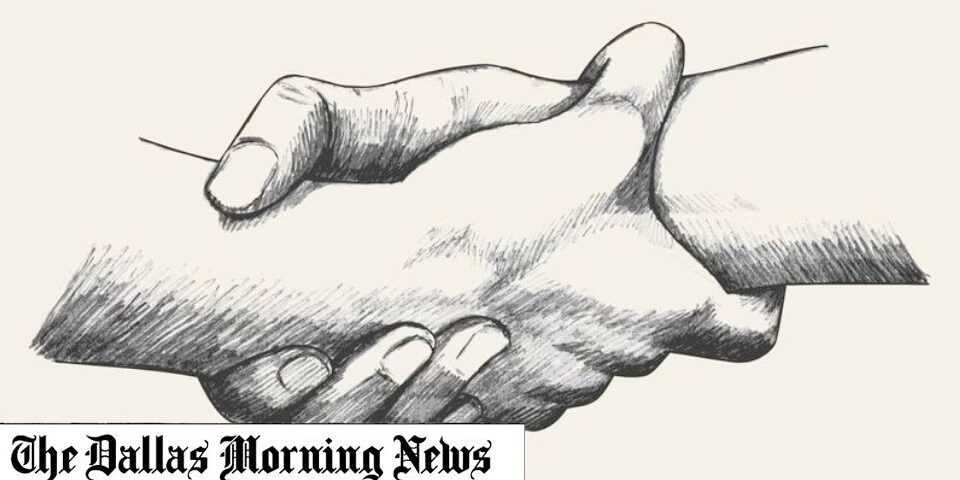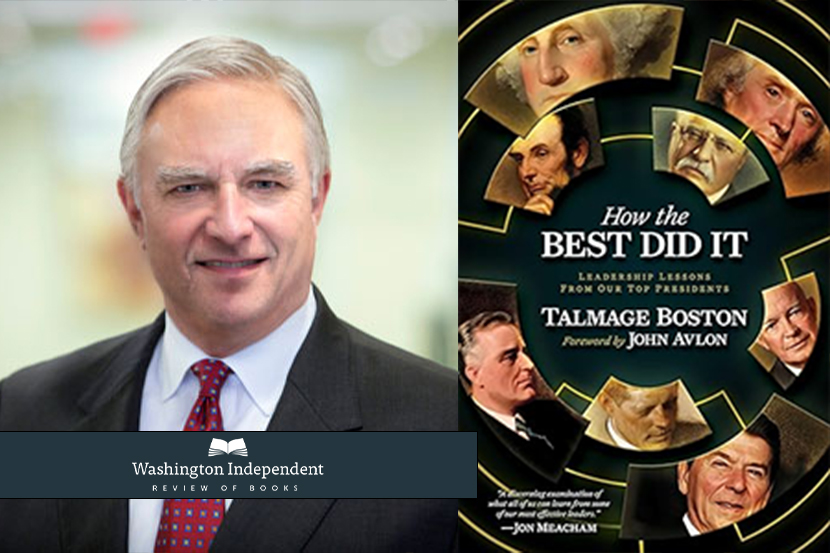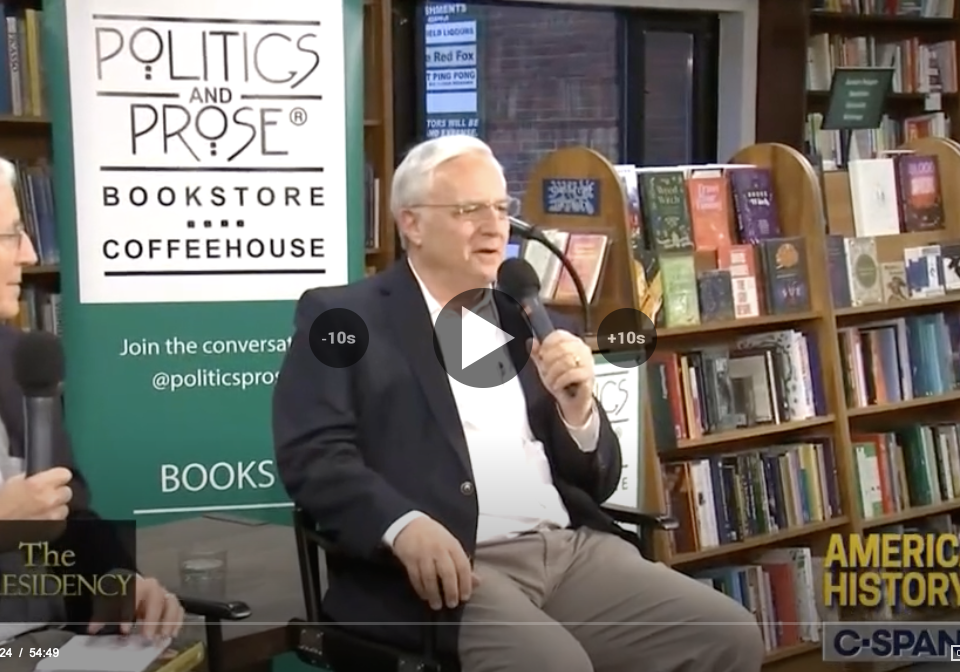Americans need to exercise these relational muscles
The good life is built on good relationships
by Talmage Boston
Though not related, David Brooks and Arthur Brooks have much in common besides their last names. Both write for The Atlantic, teach at elite universities, lecture to high-powered crowds, author best-selling books, and have deep faith.
The good news for the reading public is that both of these esteemed thinkers have now targeted the malaise that currently engulfs American society, and offered strategies to combat social dysfunction in their new books aimed at empowering people to have deeper relationships, higher moral purpose, and personal happiness. Arthur’s book (co-authored with Oprah Winfrey, though he contributed 90% of the text) is titled Build the Life You Want: The Art and Science of Getting Happier, and came out on September 12. David’s is How to Know a Person: The Art of Seeing Others Deeply and Being Deeply Seen, and will be released October 24.
The better news is that the men’s independent perspectives on their related subject matters not only flow in synchronicity, they actually enhance each other, such that reading them together provides a rare example of 1+1=3.
Arthur Brooks has a gift for metaphor. Just as flight attendants tell us to put on our own oxygen mask before helping others with theirs, in order to “build the life you want,” his advice is for people to develop a sense of happiness within themselves before helping others build theirs.
Develop greater happiness by doing what? He believes inner bliss “is a direction, not a destination,” and, therefore, the best we can ever hope for is to become happier. This requires doing (not being) specific things calculated to increase enjoyment, satisfaction, and purpose. To grow this trio of “macronutrients” requires committing to a “metacognition” plan (i.e., having a clear thought process in place that’s ready to kick in when needed) aimed at gaining control over one’s emotions to the point where positive feelings can be called up quickly to replace negative ones before harmful impulses take control of one’s psyche and cause major damage.
Another metaphor from Arthur explains the process for being able to pull off this quick change in emotions: Just as caffeine enters the brain, replaces feelings of tiredness, and makes us more alert, to have success with this type of mind control, whenever the decision-making part of the brain (the neocortex) first gets a whiff of negative emotions (like anger, disgust, or fear), a person must make a choice: either he can let the bad juices flow and suffer the fallout; or else recognize, reject, and replace them with positive emotions (like gratitude, hope, or compassion).
Timing is everything. If a person chooses to let negative urges detonate, the result is usually a self-inflicted injury. Conversely, if self-control arising from a locked-in metacognition game plan empowers someone to follow Thomas Jefferson’s sage advice, “When angry, count to ten; when very angry, count to a hundred.” Then negative feelings need not lead to train wrecks, and emotional intelligence will carry the day.
Think of it as a personal happiness oxygen mask: breathing out the toxic and breathing in the uplifting.
Just as the management of emotions can be achieved by using this good-for-bad substitution method, so too can haunting memories of past pain be reconstructed and replaced by putting positive spins on life lessons learned from old wounds. Victor Frankl proved this most notably with the triumphant conclusion to his horrific Holocaust experience, described in his book Man’s Search for Meaning.
“The way in which man accepts his fate, and the suffering it entails, gives him ample opportunity to add a deeper meaning to his life. Life can be lived with beauty under the worst experiences,” Frankl wrote.
Arthur Brooks concludes that after gaining victory over negative emotions and prior traumas, the best way to achieve a good life is by turning away from self-absorption and toward a commitment to enhance others’ lives. He identifies four outward spheres to prioritize: family, friends, work, and faith.
David Brooks starts his thoughts in a different place than Arthur, aware that the better one’s relationships are, the happier a person will be, and apparently assuming that anyone reading a book about the need to “know” and “see” others more deeply must have sufficient inner happiness to not need self-help counseling, must already be in a mode of looking to increase his attention outside of himself, and must want to do what it takes to ratchet up the quality of his relationships.
Just as David introduced the now famous concept of rejecting “resume virtues” in favor of pursuing “eulogy virtues” in his last book, The Second Mountain, in his new book, the catchy operative words (that may soon become equally famous) for positive transformation through more fulfilling relationships are to extinguish all thoughts of “diminishing” others, and instead be in the ongoing business of “illuminating” others.
Because parents and schools these days don’t teach children how to illuminate others, most adults have no idea about what it takes to grow relationships to their fullest, and David’s book provides a useful roadmap for the journey toward expanding human connection. Among his most helpful signposts to guide the way out of the interpersonal and societal decline that now threatens so many Americans are the following:
- Conversations fulfill their potential only when they are two-way streets marked by parties who engage in lean-in listening and ask questions worded in a way that prompt narrative answers tied to life stories.
- In hard conversations on subjects like politics, race, and serious personal issues, to avoid ugly confrontation, step into a counterpart’s “view of the horizon” without deflecting or minimizing his pain, and respond to any potentially triggering statements with respect and curiosity instead of knee-jerk anger.
- To aid a loved one battling with despair, resist the temptation to offer seemingly simple solutions or attempting to cheer him up with happy talk; and instead provide solace with a showing of sincere compassion while staying fully present.
- To demonstrate the art of empathy, “mirror” (listen to what a person says and then show how clearly you’ve heard his words by repeating his statements accurately), “mentalize” (recount one’s own battle with a similar setback to show a grasp of the other’s unfortunate situation), and “care” ( totally abandon selfish thoughts and focus entirely on the other person’s circumstances).
- Become a “sommelier of people” by first recognizing others’ dominant personality traits and then communicating with them in a manner calculated to resonate most effectively with their psychological modus operandi (i.e., don’t talk to an introvert as if he was an extrovert).
David believes that by following interactional steps such as these, one can elevate relationship colleagues well beyond their present state of mind by not merely deferring to their thoughts, but instead proactively advancing the flow of ideas in conversation, and tactfully critiquing, and on occasion defying others’ perspectives as a means of helping them process and ultimately take their thoughts to more enlightened vistas.
Arthur and David Brooks both say that a hallmark of solid relationships is that people become complementary of each other, which causes those joined in fellowship to be more of a positive force together than they could ever be by themselves. In fact, as revealed in their new books, the two men’s thoughts are complementary in that sometimes they address the same subject from slightly different (but not conflicting) angles, and sometimes they use similar words to convey the same thought.
Both men warn against isolation and shallowness. Both encourage those rarities in our culture of deep connection and focused listening. David sees “an epidemic of blindness toward others because too many are unaware that paying attention to others and making them feel seen, heard, and known is the purest form of love,” while Arthur recognizes that “resentment comes when people feel unnoticed.”
Put the essence of David and Arthur Brooks’ messages into the same nutshell, and the ultimate lesson for how best to maximize one’s relationships and, therefore, live in a more sublime and joyful state, can be found in the quote from W. H. Auden at the end of David’s book: “Let the more loving one be me.”
In an effort to channel my inner Arthur Brooks, here’s my best effort at a metaphor to describe the potential impact of reading Build the Life You Want and How to Know a Person. Like the game of life, golf is a sport in which a person may compete against others, but ultimately competes against himself. For those looking to lower their handicaps by finding more effective ways to move their mindfulness to a higher plane and better serve family, friends, workplace, and community, with their new books, Messrs. Brooks have teed up the best research and wisdom culled from history’s greatest thinkers on this subject, and then raised the tee to gain more distance with their own insights. Their hope is that readers will pull the driver of concentration out of their bags, position themselves to access the better angels of their nature, and squarely strike their little white ball of holistic life goals straight down the fairway toward the flagstick of human fulfillment.





